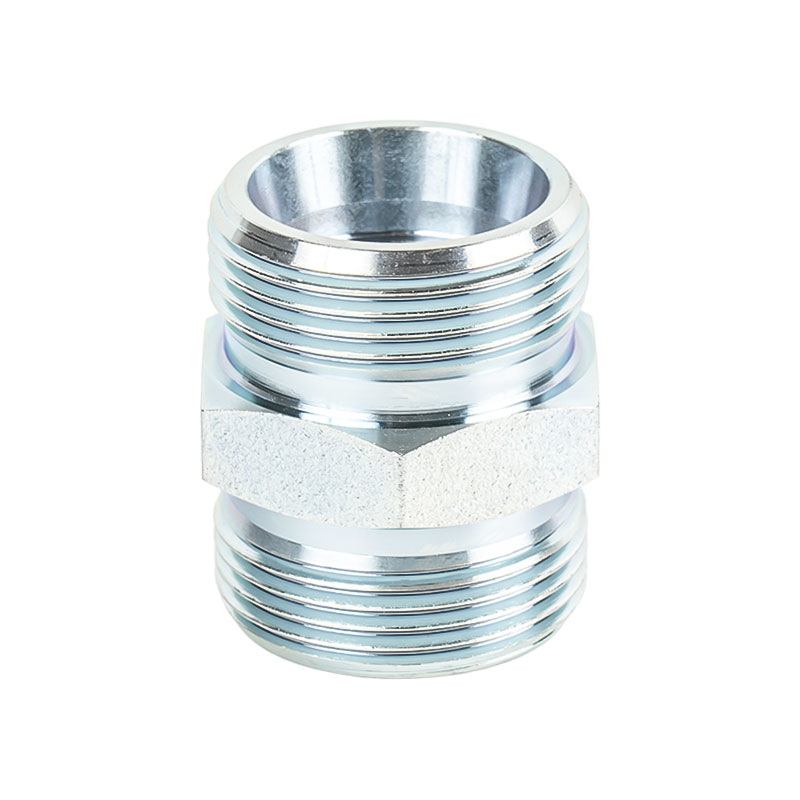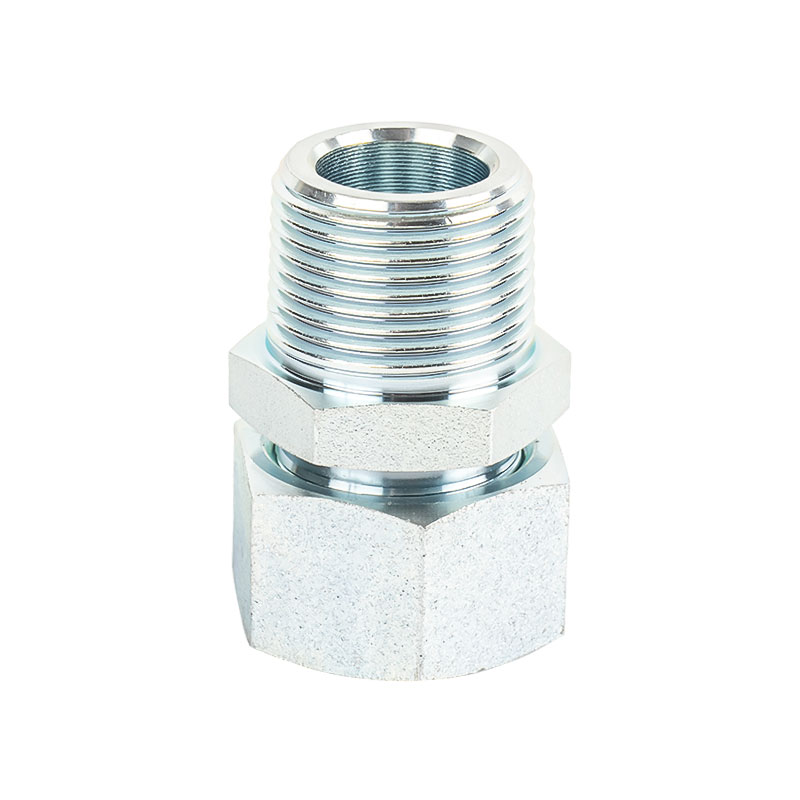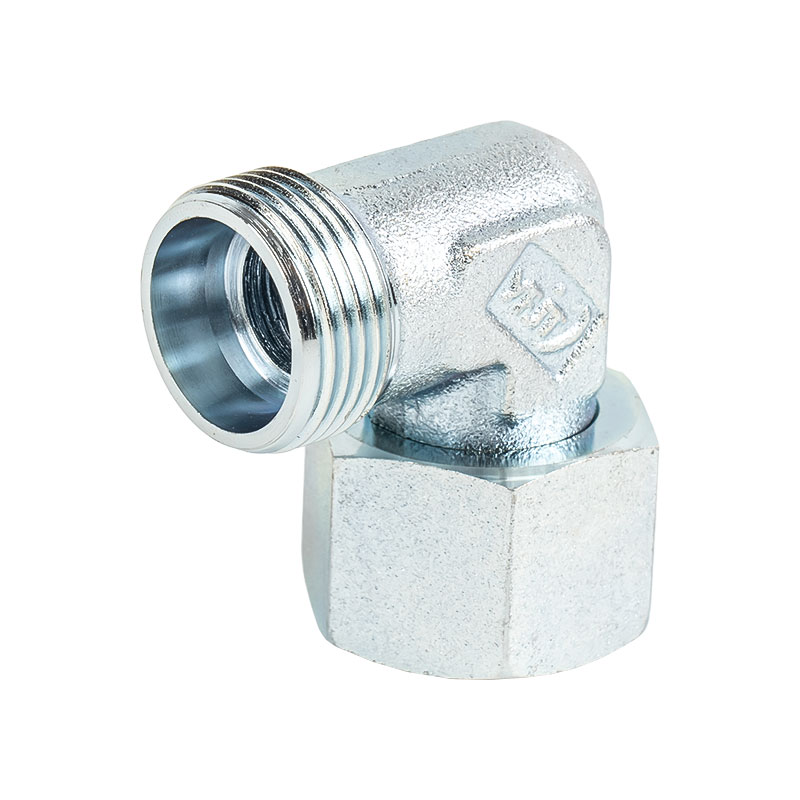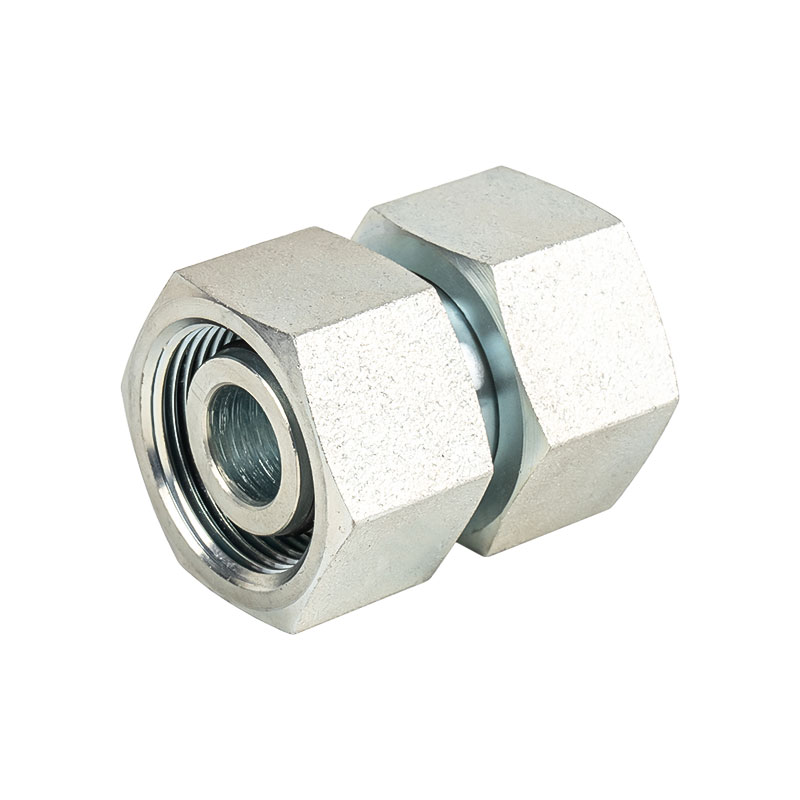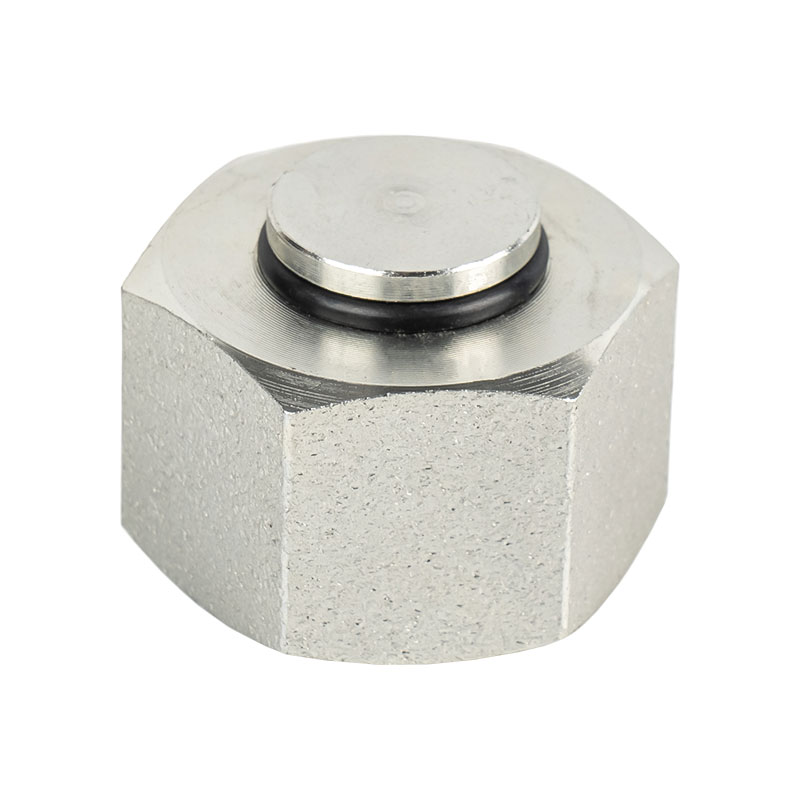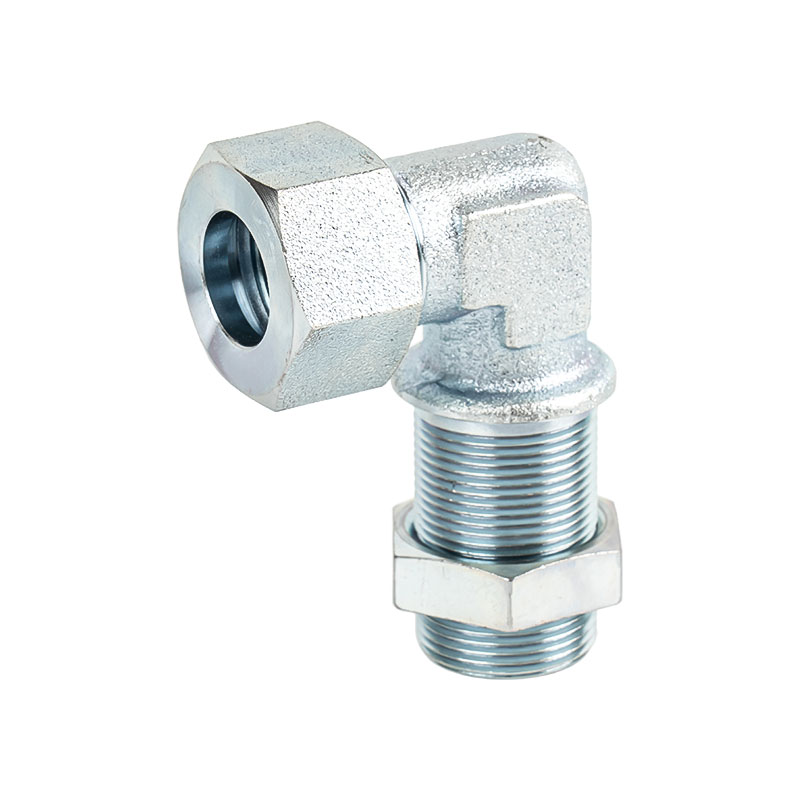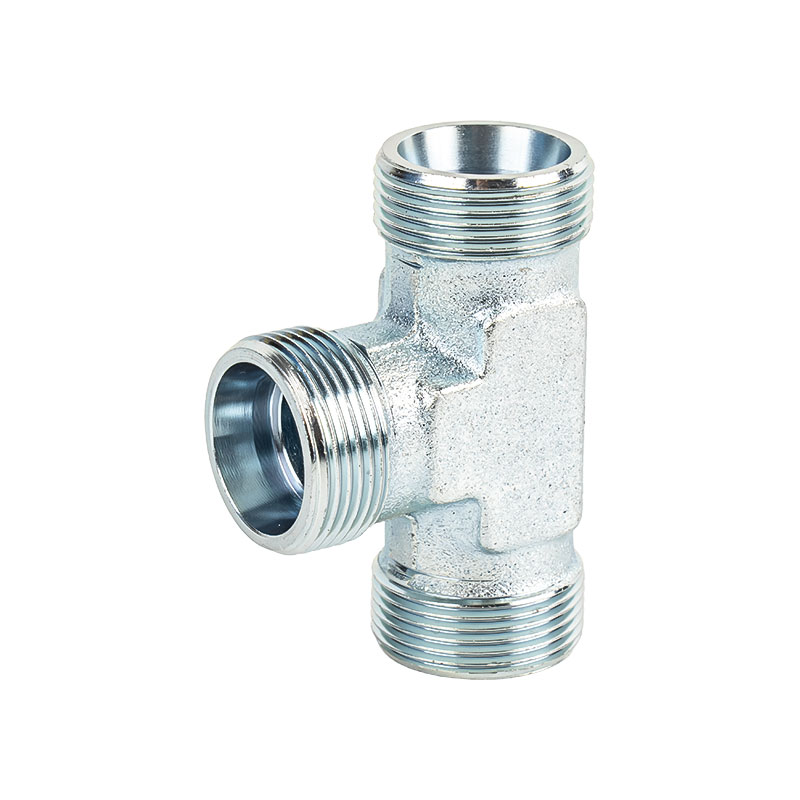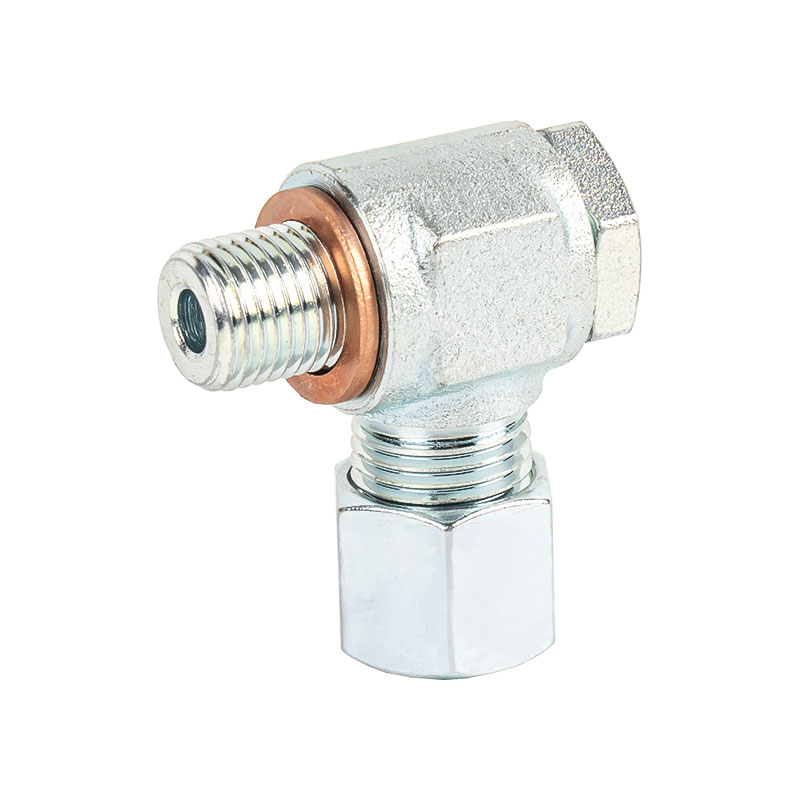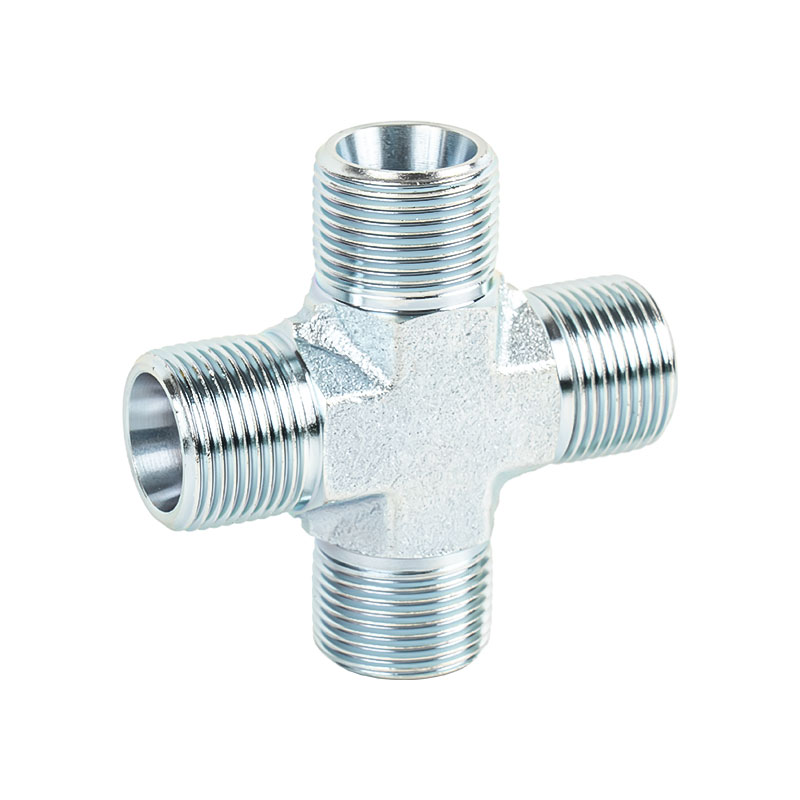Hydraulic adapter fittings play a crucial role in connecting various components of a hydraulic system, ensuring the proper flow of fluid and maintaining system integrity. The materials used in these fittings are critical as they influence their performance, durability, and compatibility with different hydraulic fluids.
Common Materials Used for Hydraulic Adapter Fittings
Hydraulic adapter fittings are typically made from a range of materials, each with distinct properties suited for different operating conditions. The material chosen for a particular fitting will depend on factors such as pressure, temperature, fluid type, and environmental exposure. The most common materials used for hydraulic adapter fittings include steel, stainless steel, brass, aluminum, and plastic. Each material has specific advantages and limitations, which influence the overall performance of the hydraulic system.
Steel Hydraulic Adapter Fittings
Steel is one of the most commonly used materials for hydraulic adapter fittings due to its strength, durability, and cost-effectiveness. Carbon steel, alloy steel, and galvanized steel are often chosen for their ability to withstand high-pressure environments. Steel fittings are highly resistant to wear and tear, making them ideal for heavy-duty applications in industries such as construction, mining, and manufacturing. However, steel fittings are prone to corrosion when exposed to moisture or harsh chemicals. To address this, coatings like zinc plating or powder coating are often applied to steel fittings to enhance their corrosion resistance.
Stainless Steel Hydraulic Adapter Fittings
Stainless steel is another popular material for hydraulic adapter fittings, especially in environments where corrosion resistance is crucial. Stainless steel is more resistant to corrosion, rust, and staining than carbon steel, making it ideal for use in harsh environments such as marine, chemical processing, or food processing industries. Stainless steel fittings also have high tensile strength, which allows them to withstand high pressure and temperature variations. However, stainless steel fittings are generally more expensive than steel fittings and may require specialized tools for installation. Despite the higher cost, the durability and resistance to corrosion often make stainless steel fittings a worthwhile investment in systems exposed to aggressive fluids or environmental conditions.
Brass Hydraulic Adapter Fittings
Brass is frequently used for hydraulic adapter fittings that are intended for low to medium pressure systems. Brass is an alloy composed mainly of copper and zinc, which provides a combination of good strength and excellent corrosion resistance. Brass fittings are often used in hydraulic systems where aesthetics, ease of installation, and non-reactivity are important considerations. They are also resistant to rust and corrosion, making them suitable for systems that may be exposed to water or moist conditions. However, brass is generally less durable under high-pressure conditions compared to steel or stainless steel, and it may be more prone to wear over time when subjected to heavy-duty use.
Aluminum Hydraulic Adapter Fittings
Aluminum is a lightweight material that is sometimes used for hydraulic adapter fittings, particularly in systems where weight reduction is a key requirement. Aluminum fittings are commonly used in automotive, aerospace, and mobile hydraulic systems. While aluminum fittings are not as strong as steel or stainless steel, they offer good resistance to corrosion and are highly durable under moderate pressure and temperature conditions. Aluminum fittings are also easier to machine, which makes them cost-effective for applications where precision is not as critical. However, aluminum fittings may not be suitable for high-pressure or high-temperature applications where greater strength is required.
Plastic Hydraulic Adapter Fittings
Plastic hydraulic adapter fittings are less common but are used in specific applications where corrosion resistance and lightweight components are essential. These fittings are often made from materials such as polypropylene, polyvinyl chloride (PVC), or polytetrafluoroethylene (PTFE). Plastic fittings are ideal for low-pressure systems and applications where chemical resistance is important, such as in the food and pharmaceutical industries. They are highly resistant to a variety of chemicals and have low conductivity, which can be beneficial in electrical applications. However, plastic fittings generally have lower tensile strength and are not suitable for high-pressure systems or environments where mechanical wear is a concern.
How Material Affects the Performance of Hydraulic Adapter Fittings
The material used for hydraulic adapter fittings directly impacts their performance in various ways. Here, we will discuss how the material affects key performance factors such as strength, durability, corrosion resistance, and compatibility with hydraulic fluids.
Strength and Pressure Resistance
Strength is one of the most critical factors for hydraulic adapter fittings, as they must be able to withstand high-pressure environments without failing. Steel and stainless steel fittings are the most suitable materials for high-pressure systems due to their superior tensile strength. These materials can handle substantial forces and are unlikely to deform under pressure. In contrast, materials such as brass or aluminum may not be as well-suited for high-pressure systems, as they can deform or break under extreme conditions. Therefore, when designing a hydraulic system, it is essential to choose the right material based on the expected pressure levels.
Durability and Wear Resistance
Durability is closely tied to the ability of the material to resist wear and tear over time. Steel and stainless steel are known for their high durability, especially in environments where the fitting will be subjected to constant motion or friction. These materials are resistant to abrasion and can withstand the mechanical stresses that occur in hydraulic systems. Brass and aluminum, while more resistant to corrosion, may not be as durable in high-wear applications. Plastic fittings, on the other hand, offer minimal resistance to wear and are best used in low-stress, low-pressure environments.
Corrosion Resistance
Corrosion resistance is another important consideration, especially when the hydraulic system is exposed to moisture, chemicals, or extreme environmental conditions. Stainless steel is one of the best materials for corrosion resistance, as it can withstand exposure to harsh chemicals and corrosive environments without degrading. Brass fittings are also resistant to corrosion but may not be as effective in extreme conditions. Steel fittings, unless coated with protective layers such as zinc, are more prone to rust and corrosion, especially when exposed to water or humidity. Aluminum is naturally resistant to corrosion due to its oxide layer but may still suffer from wear if exposed to certain chemicals.
Compatibility with Hydraulic Fluids
The material of hydraulic adapter fittings must also be compatible with the type of hydraulic fluid used in the system. For instance, certain plastics may react with specific hydraulic fluids, causing degradation or failure of the fitting. Brass and stainless steel are generally more chemically resistant and can handle a wide range of fluids. Plastic fittings are commonly used in systems with less aggressive fluids, such as water-based fluids, but may not be suitable for systems using petroleum-based fluids. Compatibility with hydraulic fluids is a critical factor that must be considered when selecting the material for the fittings.
Comparison of Materials for Hydraulic Adapter Fittings
| Material | Strength | Corrosion Resistance | Durability | Cost | Best Use |
|---|---|---|---|---|---|
| Steel | High | Moderate (if uncoated) | High | Low | High-pressure systems |
| Stainless Steel | High | Very High | High | High | Harsh environments, high-pressure systems |
| Brass | Moderate | High | Moderate | Moderate | Low to medium pressure systems |
| Aluminum | Moderate | High | Moderate | Moderate | Lightweight, low to medium pressure systems |
| Plastic | Low | Very High | Low | Low | Low-pressure, non-abrasive environments |

 中文简体
中文简体